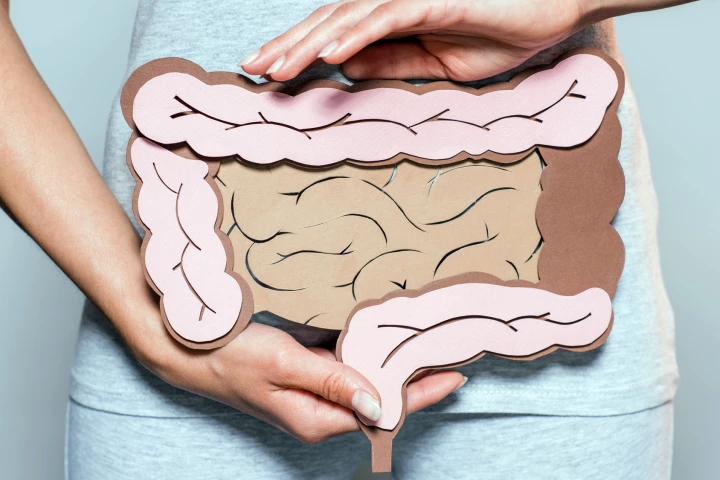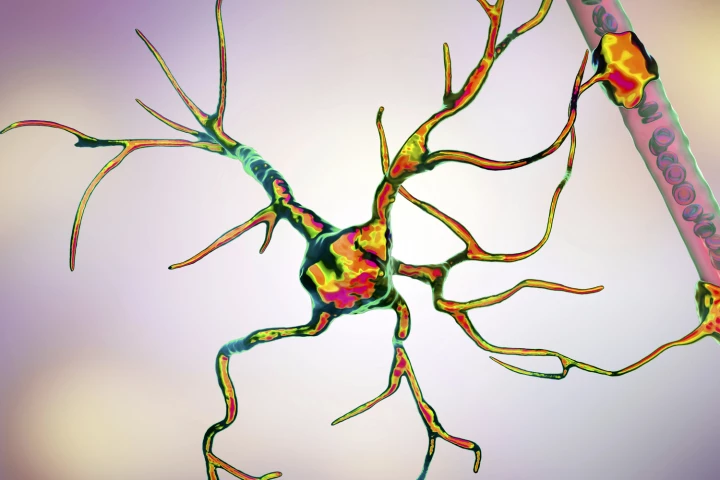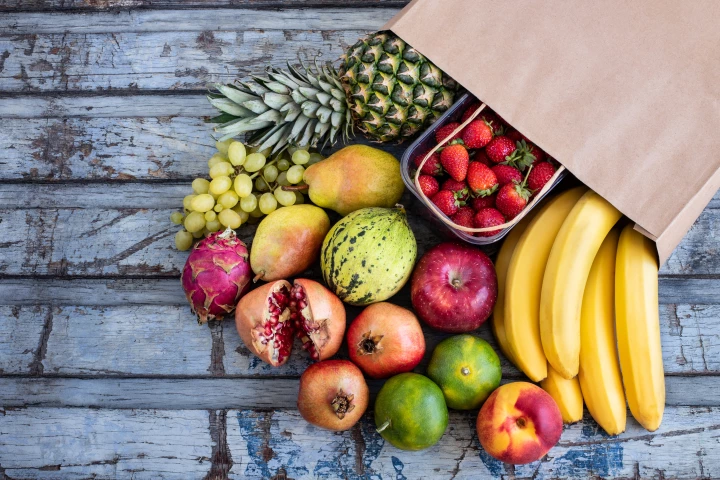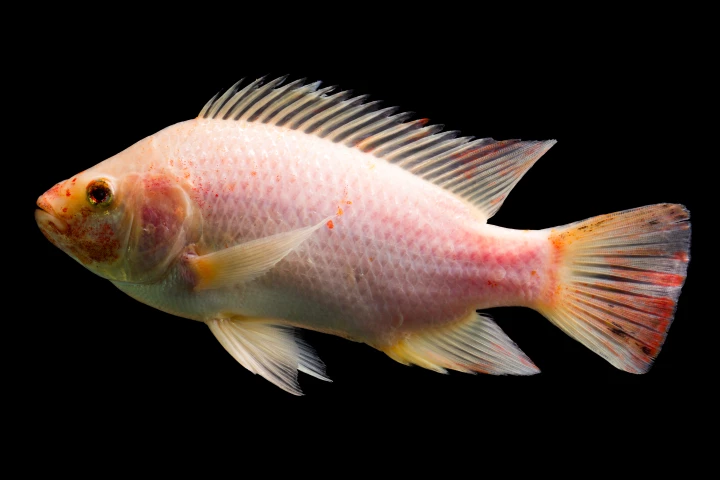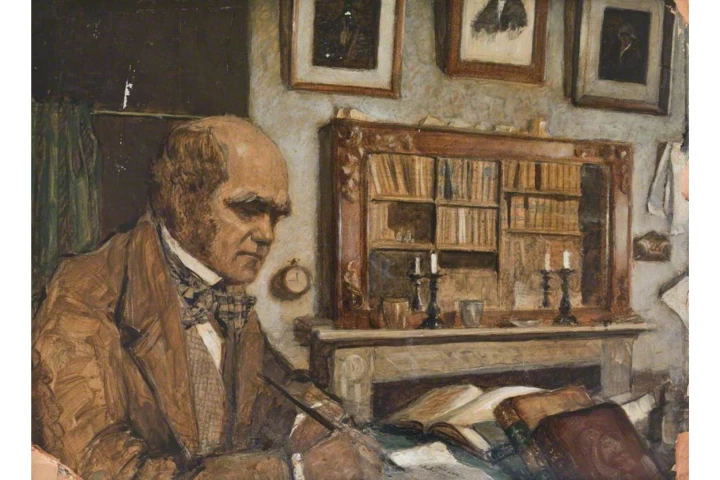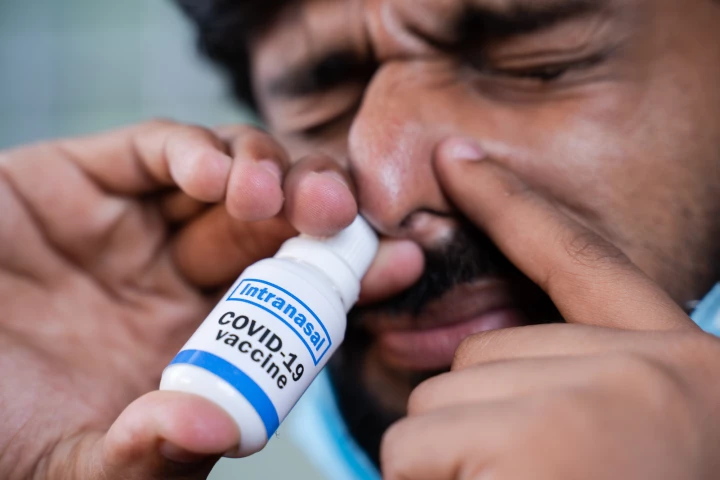National University of Singapore
-
Tiny drops of water might not seem like powerhouse energy producers, but a new method shows how simple tubes might be able to turn falling rain into an energy source. In tests, the method was able to power up 12 LED lights.
-
Researchers have discovered how a particular protein affects the growth and spread of colon cancer in humans. The study not only improves our understanding of why this type of cancer can be aggressive in some people, but it also highlights a potential treatment target.
-
A survey of 143 low-, middle-, and high-income countries has revealed which ones are most prepared to support the world’s rapidly aging population in areas like well-being, equity, and security – and which ones aren’t. And it's not good news for the US.
-
Researchers have figured out how to wake up dormant stem cells in the brain that have the ability to grow into new cells. It opens the door to developing new therapies for neurodevelopmental disorders like autism, learning disabilities, and cerebral palsy.
-
If an apple a day keeps the doctor away, then a new study says upsizing to a fruit salad is even better – by drastically lowering the risk of age-related depressive symptoms. It's the latest in a growing body of evidence linking fruit and mental health.
-
Obstructive sleep apnea can cause or contribute to high blood pressure, so a new study examined which sleep apnea treatments – a CPAP machine or a mouthguard that keeps the airways open – was more effective at lowering blood pressure.
-
Scientists have devised a method of using fish scales to convey encrypted messages. Not only would the technology divert seafood industry waste from landfills, it should also be less costly than existing options such as special inks.
-
On the 215th anniversary of the birth of the world's most famous naturalist Charles Darwin, scientists have painstakingly completed an inventory of his eclectic, extensive personal library, and 9,300 titles are now available to view online for free.
-
There are many situations in which blind people don't necessarily have to see what they're holding, they just need it described to them. An experimental new wearable device, known as AiSee, is designed to do that very thing.
-
Researchers have developed a novel intranasal COVID-19 vaccine that enhances the immune system’s response to the virus, providing longer-lasting, greater protection than vaccine injections, even against new and emerging variants.
-
The skin ulcers that diabetics often develop on their feet are slow to heal, sometimes to the point that they become infected and require foot amputation. A magnetic gel could keep that from happening, as it triples the healing speed of such wounds.
-
Researchers have created a 3D-printed plant-based calamari ring that’s high in protein and looks and tastes like the real thing. The mock seafood has the potential to address issues of overfishing by offering a sustainable, vegan alternative.
Load More

